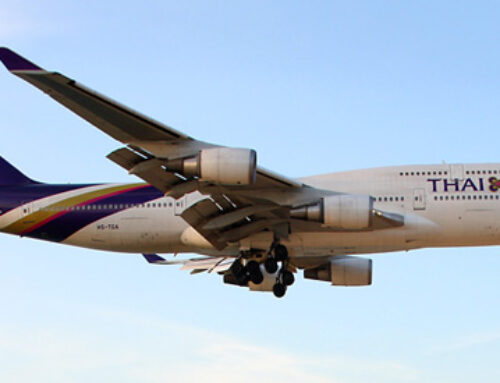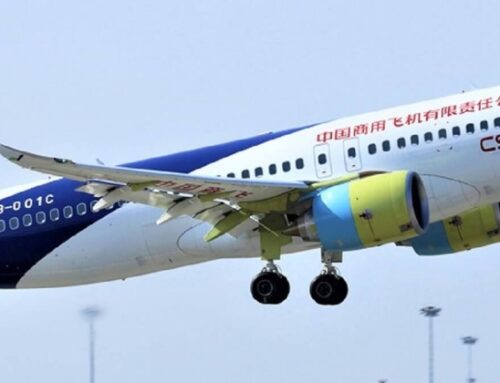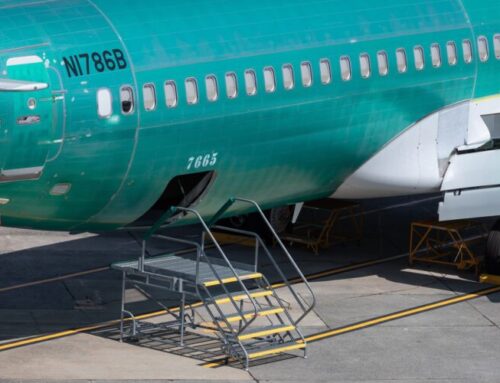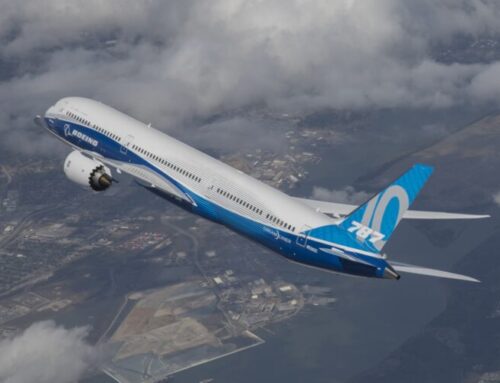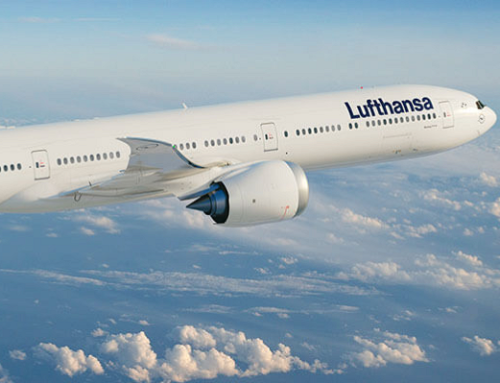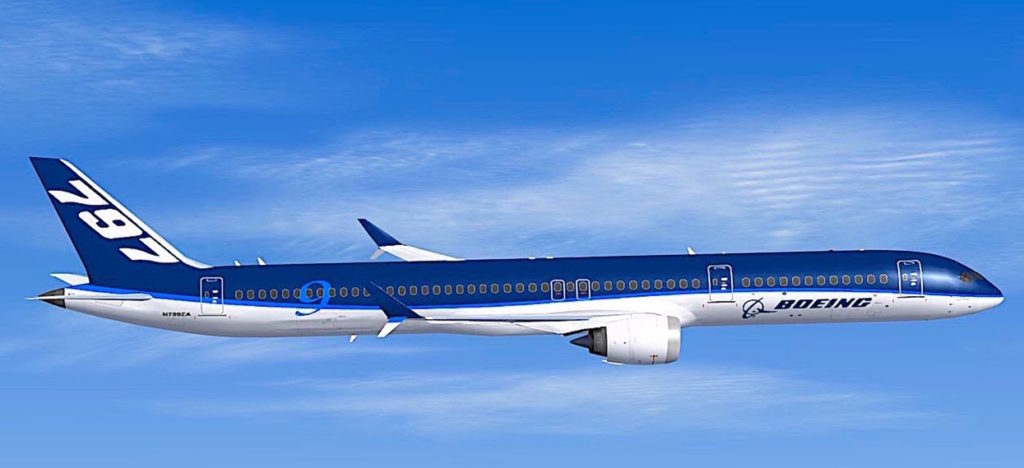
Boeing ‘s stock performance has been all about the grounded 737 MAX jet for six months, but other things are going on. The aerospace company is nearing a critical decision to go ahead with a new medium-size aircraft.
The plane, referred to among aerospace people as an NMA, ranks between a 757 and a 767 in size and is likely to be branded as a 797.
“We do see a market for 4,000 to 5,000 airplanes that are between our current 737 and 787 families,” said Boeing (ticker: BA) CEO Dennis Muilenburg at an investor conference in February. “It’s an airplane that’s 220 to 270 passengers, about 5,000 nautical mile airplane. That market can’t really be served efficiently by derivatives of current airplanes, ours or our competitors.”
But Melius Research analyst Carter Copeland isn’t sure the NMA is a good idea. “The problem with the NMA is it’s almost guaranteed to be a money loser,” wrote Copeland in a Friday research report. He believes, interestingly, that aircraft weight is a great predictor of long-term profitability and that given competition from other jets, Boeing will struggle to get the price required to make the relatively large NMA a winner.
The back story. A market the size of the one Muilenburg suggested is a huge opportunity in commercial aerospace terms. There are, very roughly, 25,000 commercial aircraft flying in the world, so 4,000 to 5,000 is a big number.
But there is risk along with opportunity. The cost of new aircraft design is huge, more than $10 billion, according to Copeland. If Boeing gets the specifications or market size wrong, it could hurt its margins for years.
What’s new. “We’re not going to rush to a particular timeline on that decision. We’re going to make a good disciplined business decision. But we’re also going to continue investing in innovation,” said Muilenburg at another investor conference on Sept 11. “NMA is helping us create the production system of the future, and that’s going to be valuable for the long run.”
Boeing seems to be relying on the NMA to usher in new automation technologies that will lower production costs for the entire organization.
“This isn’t the first time that we’ve heard this, and we believe that big gains can be had from digitization and factory-of-the-future concepts,” wrote Copeland in his research report. “What we don’t fully understand is why you have to build a new plane to have a new production system.”
Looking ahead. It’s a fair point. Boeing wasn’t immediately available to respond. The answer is likely that Boeing can do both, and that its interest in the NMA is mostly based on the market gap Muilenburg identified, between single-aisle and twin-aisle jets in terms of cost-effective range.
Boeing needs to make a decision by next year, hoping to introduce the plane around 2025.
Of course, the NMA is down the list of things investors are thinking about now. Boeing believes it can bring the MAX jet back into service in the fourth quarter.
The fourth quarter, of course, starts in about a week.
Boeing shares are down about 9% since early March when the second crash of a MAX jet in a matter of months prompted regulators world-wide to ground the jet. That is far worse than the return over the same span of the Dow Jones Industrial Average, and other aerospace suppliers Barron’s tracks. www.barrons.com


